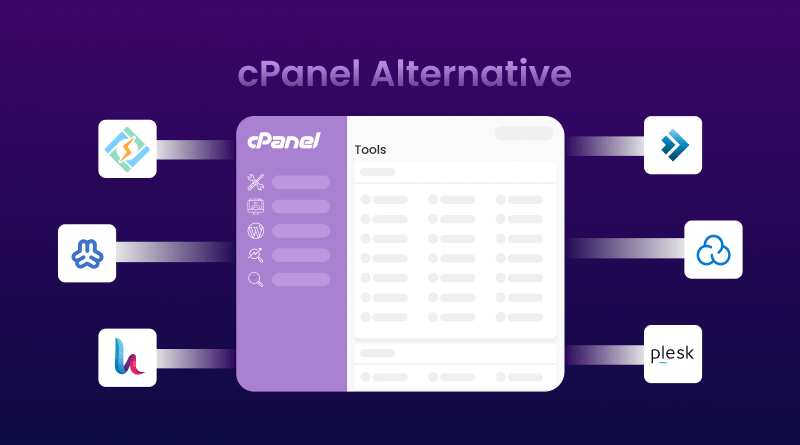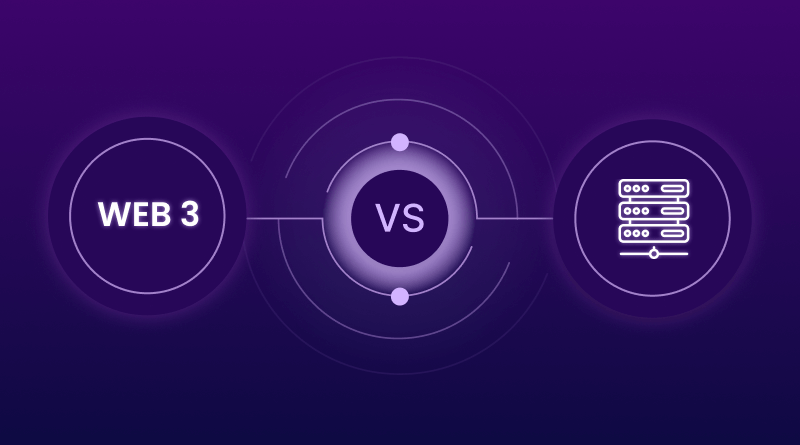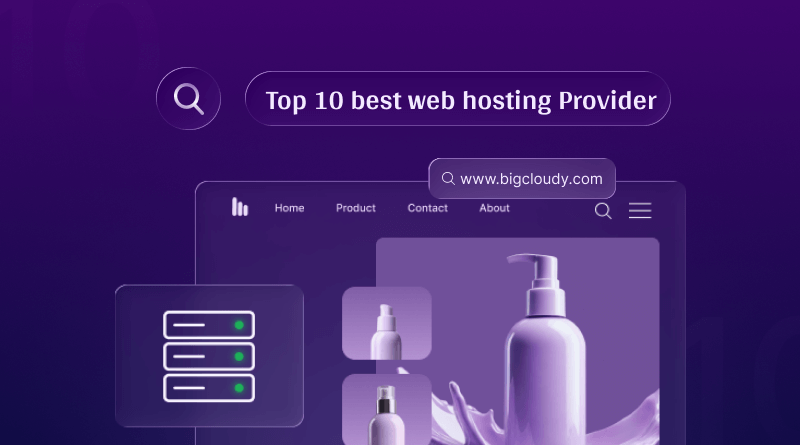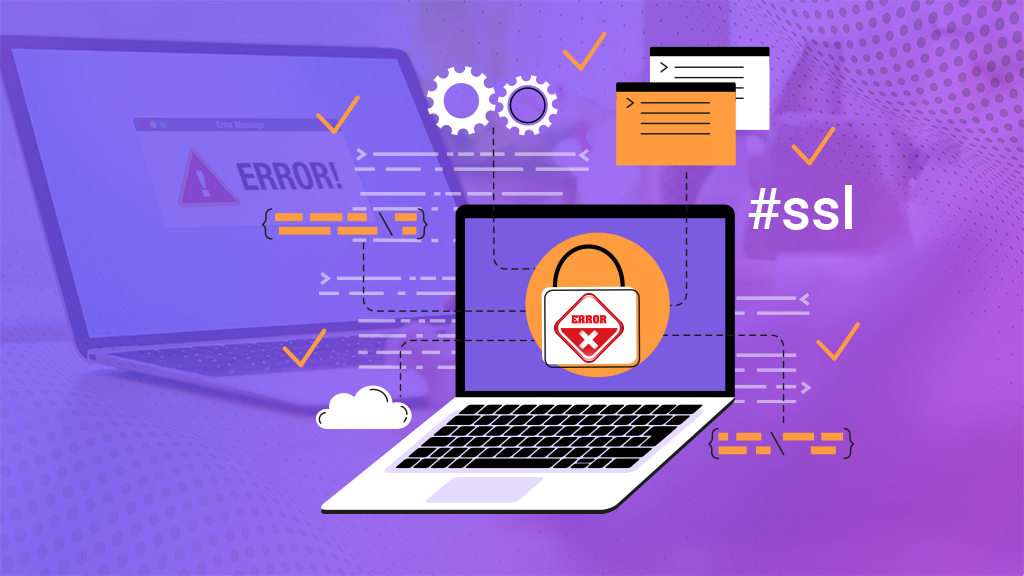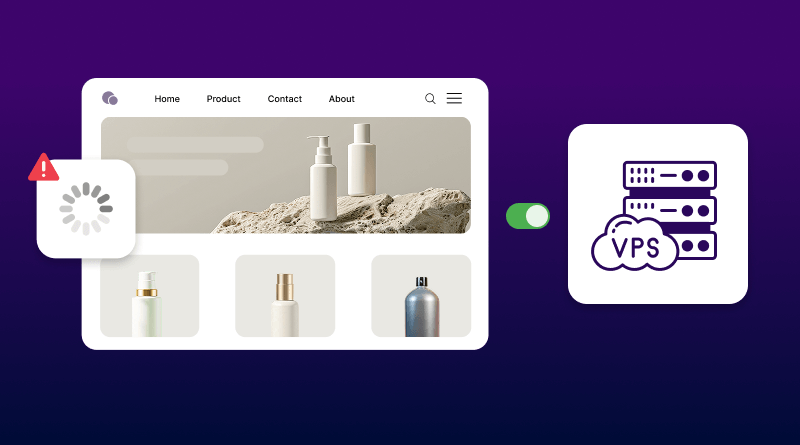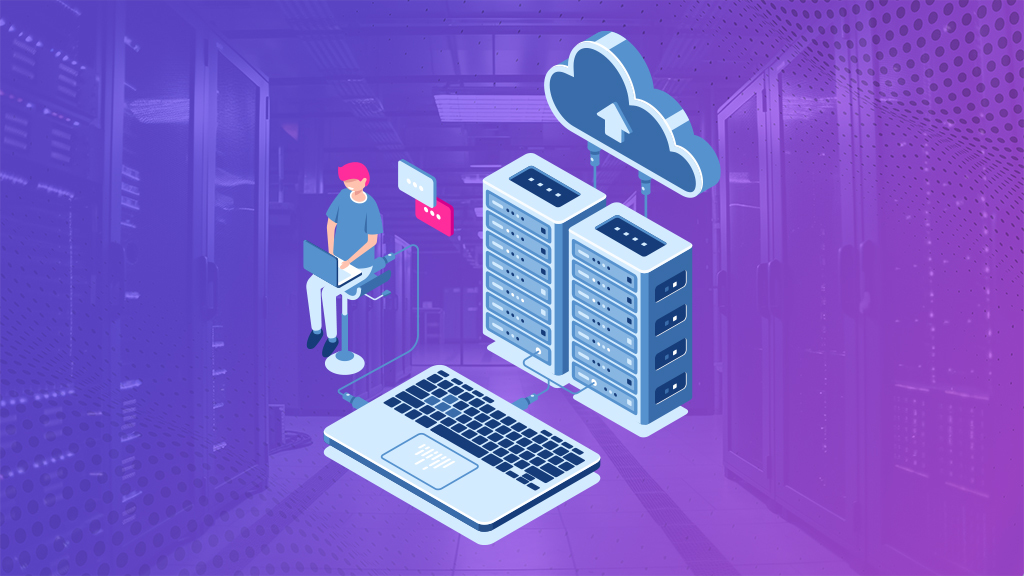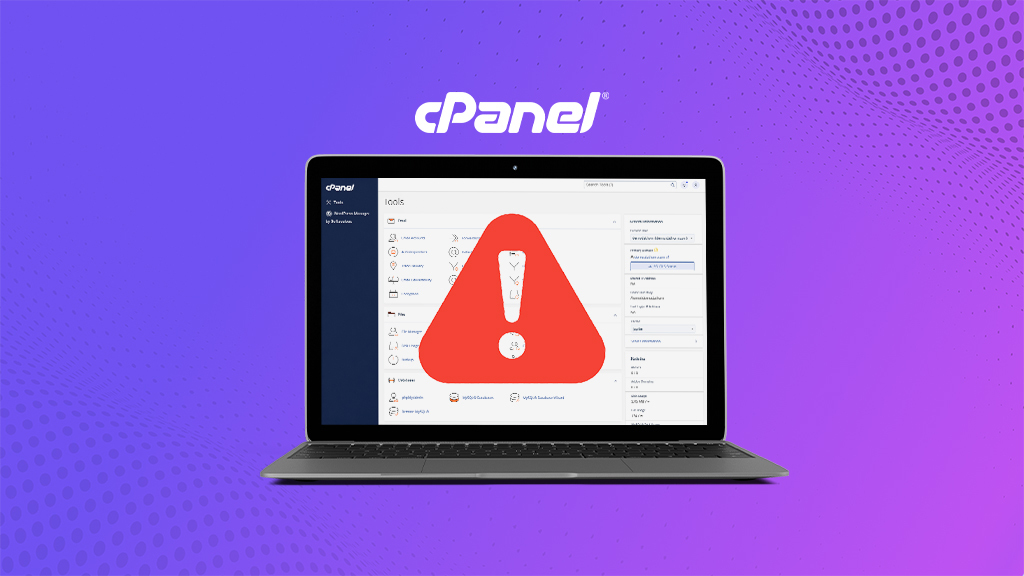
In the dynamic realm of web hosting, cPanel stands tall as a cornerstone of efficient website management. It’s the dashboard that empowers site owners with the tools to control their digital domains effortlessly. As crucial as it is, even the most reliable technology can sometimes stumble. This is where troubleshooting comes in, playing the role of a digital detective that keeps cPanel’s gears well-oiled and the user experience seamless.
Background on cPanel and its Importance in Web Hosting
1. Introduction to cPanel
cPanel, short for Control Panel, is a powerful and user-friendly web hosting control panel that simplifies website and server management. It is developed by cPanel, L.L.C., and has become the cornerstone of web hosting thanks to its intuitive interface and comprehensive feature set. First introduced in the late 1990s, cPanel has become an essential tool for website owners, administrators, and hosting providers.
2. The Role of cPanel
In the early days of web hosting, server management required complex technical expertise, which made it a daunting task for those without solid technical knowledge. Furthermore, cPanel has revolutionized this landscape by providing a graphical user interface (GUI) that streamlines the management of various aspects of websites and servers. From creating and managing email accounts to configuring domain settings, databases, and security measures, cPanel centralizes these tasks in a user-friendly environment.
3. Ease of Use and Accessibility
cPanel’s interface is designed with user-friendliness in mind. It employs a point-and-click approach, minimizing the need for command-line interactions. This accessibility empowers website owners and administrators who might not be well-versed in server management. With cPanel, tasks that once required extensive technical knowledge can now be accomplished with a few clicks, reducing the learning curve and allowing users to focus on their core business activities.
i. Comprehensive Features
One of the main reasons why cPanel is so widely adopted is its extensive feature set. Users can easily manage files, create databases, install software applications, and even monitor website traffic with tools like AWStats. cPanel also provides tools to configure email settings, configure domain aliases, manage SSL certificates, and improve security with features like IP blockers and firewall settings. This comprehensive toolkit eliminates the need for third-party software and simplifies the entire management process.
ii. Impact on the Web Hosting Industry
The impact of cPanel on the web hosting industry is undeniable. Hosting providers have adopted cPanel because of its ability to improve customer satisfaction. By offering cPanel as part of a hosting package, providers have allowed customers to control their online presence without the need for technical expertise. This change also allows hosting companies to focus on infrastructure and support, knowing that customers have a powerful tool available to them.
Importance of Troubleshooting to Maintain a Smooth Functioning of cPanel
Troubleshooting is the unsung hero that ensures your cPanel experience is trouble-free. Just as cars need tweaking to keep running smoothly, cPanel requires periodic checks and adjustments for optimal operation. Fast problem detection and resolution not only saves site owners frustration, but also keeps users happy, preventing potential visitors from encountering broken links, slow-loading pages, or other problems.
1. Ensuring User Experience
cPanel acts as the website management hub, allowing users to control various aspects of their online presence. When issues arise in cPanel, they can directly affect the user experience. Broken links, slow load times, or inaccessible pages frustrate visitors and tarnish the site’s reputation. By actively troubleshooting and resolving issues, website owners can ensure a seamless and satisfying user experience.
2. Preventing Downtime and Losses
Faulty cPanel can lead to downtime, during which users are unable to access the site. Downtime is not only frustrating for visitors, but it also leads to potential loss of revenue for e-commerce sites and businesses that rely heavily on web traffic. Troubleshooting helps identify the root cause of downtime and enables timely intervention to minimize disruption and financial loss.
3. Optimizing Performance
Performance optimization is critical to retaining visitors and getting them engaged. Slow-loading pages or sluggish database queries can surely scare users away. Fix performance-related issues in cPanel, such as database bottlenecks or server resource limits, to ensure websites run smoothly, load quickly, and deliver a positive user experience.
4. Mitigating Security Risks
Security breaches pose a significant threat to websites and their visitors. Malicious activities, unauthorized access, or compromised accounts can lead to data breaches, damage, or loss of important information. Troubleshooting in cPanel helps identify vulnerabilities, such as inappropriate permissions, outdated software, or misconfigured security settings. By addressing these issues quickly, website owners can indeed increase the security of their sites.
5. Long-Term Sustainability
Regular troubleshooting contributes to the long-term sustainability of the site. Detecting and solving problems proactively will prevent them from escalating into larger, more difficult-to-solve problems. A well-maintained cPanel will consequently ensure websites continue to function well over time, reducing the need to take drastic measures and long-term emergency response.
Common cPanel Issues
cPanel, although powerful, can sometimes encounter issues that hinder its flawless performance. Let’s take a look at some of the most common problems that users may encounter:
1. Email Issues
Emails Not Sending or Receiving
Picture this: You hit send, but your email seems to disappear into thin air. This difficult issue can be caused by misconfigured email settings, DNS issues, or even mailbox limits exceeded.
- Email Forwarding Problems
You’ve set up email forwarding for your convenience, but your email isn’t reaching your intended inbox. Improper forwarding configuration or spam filters can be the cause of this conundrum.
- Spam Filter Issues
Overzealous spam filters can sometimes gobble up legitimate emails. Finding the right balance between filtering spam and sending the necessary messages requires finesse.
2. Website Accessibility Issues
“404 Not Found” Error
The scary “404” error can confuse visitors. Broken links, removed pages, or incorrect URL structure are common culprits.
- Internal Server Error
Vague and annoying Internal Server errors can be caused by any number of reasons, from misconfigured server settings to faulty scripts.
- Website Redirection Problems
Hence, Incorrect redirects can lead users down the wrong path or leave them in an endless loop. This issue can be caused by a misconfigured .htaccess file or an inappropriate redirect rule.
3. File Management Issues
Uploading or Downloading Files
Uploading or downloading files seems simple, but issues like file size limits, incorrect permissions, or server connection issues can get in the way.
- Permissions Errors
Are you trying to access a file and getting a permission error? This headache can be caused by incorrect file permissions that prevent the user from performing the intended actions.
- File Backups and Restoration Problems
Backing up and restoring files is crucial, especially for disaster recovery. However, failure in the backup process or difficulty in restoring files can affect the integrity of your website.
4. Database Issues
Database Connection Problems
When your website fails to establish a database connection, chaos can ensue. This could be due to incorrect database credentials or a server issue.
- Slow Database Performance
A slow database can make website load times extremely slow. Poorly optimized queries, insufficient server resources, or high traffic can be the cause.
- Importing/Exporting Databases Errors
Database transfer is a complex process, and errors during import or export can result in data loss or corruption.
5. Security and SSL Issues
SSL Certificate Installation Errors
Keeping your website secure is paramount, and SSL certificates play an important role. However, problems installing the certificate can lead to scary browser warnings.
- Insecure or Suspicious Activity
Strange activity on your site or a sudden spike in traffic could indicate security vulnerabilities. It is essential to identify and fix vulnerabilities quickly.
- Password or Login Difficulties
Getting locked out of cPanel due to a forgotten password or login problems is more common than you think. Therefore, a good password management strategy and understanding of login procedures can be of great help.
Troubleshooting Solutions
Dealing with cPanel issues doesn’t have to be a nightmare. Here’s the route to navigating the troubleshooting maze:
1. Basic Checks and Maintenance
Checking Server Logs
Server logs can provide valuable information about the cause of the problem. Checking these logs regularly will help detect issues early.
- Verifying Email Settings
Before diving into complex solutions, make sure that your email settings are configured properly. This sounds basic but it is often the culprit.
- Updating cPanel and its Plugins
Regular updates ensure you have the latest bug fixes and security patches. Outdated software can surely lead to compatibility issues and vulnerabilities.
2. Specific Solutions for Each Issue
Step-by-Step Guide to Resolving Email Problems
From checking MX records to changing spam filter settings, a systematic approach can indeed help resolve email issues effectively.
- Troubleshooting Website Error Messages
Different error messages explicitly require different approaches. A clear understanding of the error code can significantly speed up the resolution process.
- Fixing File Management Errors
Whether it’s fixing permissions or fixing upload/download issues, systematic troubleshooting steps can avoid tough times.
3. Common Security and SSL Fixes
Installing SSL Certificates Correctly
In general, SSL certificates are an integral part of user trust and security. Proper installation, along with regular renewals, can keep the SSL game on your site going strong.
- Enhancing cPanel Security Measures
Implement two-factor authentication, strong passwords, and other security measures that fortify your cPanel against potential threats.
- Handling Compromised Accounts
If your website is the victim of a breach, acting quickly is paramount. Isolating the breach, patching the vulnerability, and recovering data are essential steps.
Advanced Troubleshooting Techniques
While the basics can often save the day, some situations require a more advanced approach:
1. Utilizing the cPanel Documentation and Support Channels
When it comes to learning the intricacies of cPanel, accessing its extensive documentation and taking advantage of its dedicated support channels becomes invaluable. Comprehensive documentation serves as a guide, providing step-by-step solutions and information to various problems, while support channels provide a direct lifeline for expert help, ensuring users can confidently solve problems and optimize their cPanel experience.
2. Troubleshooting with WHM (Web Host Manager)
Empowering advanced users and administrators to solve problems with Web Server Manager (WHM) is like using a powerful set of tools. By all means, WHM’s powerful features and capabilities, include server monitoring, account management, and advanced diagnostics. Above all, users have the ability to drill down into complex technical issues, diagnose problems, and implement solutions that ensure the proper operation and performance of their cPanel-powered websites.
3. Seeking Assistance from Web Hosting Provider’s Technical Support
When the intricacies of cPanel troubleshooting require expert guidance, seeking help from your web hosting provider’s technical support may seem like a worthwhile signal. With their expert knowledge and experience, these support teams quickly tackle complex challenges, providing tailored solutions and insights that make your cPanel experience functional seamlessly, protecting your online presence and ensuring optimal user satisfaction.
4. Engaging in Forums and Online Communities for Advice
Moreover, participating in online forums and communities for advice adds a collaborative dimension to cPanel’s troubleshooting. By harnessing the collective wisdom of other users, sharing experiences, and seeking guidance from diverse perspectives, individuals can more effectively tackle complex challenges, discover innovative solutions consequently, and nurture friendships in an ecosystem of cPanel.
How BigCloudy’s cPanel Hosting Can Help Your Site?
Enjoy an exceptional hosting experience with cPanel hosting from BigCloudy, designed to improve your website’s performance and security. Our hosting solutions are designed to enhance your digital presence with many industry-leading features:

1. 100% SSD Storage Platform
Enjoy lightning-fast loading times and rapid data retrieval thanks to our 100% SSD storage infrastructure, ensuring seamless user experiences and improved search engine rankings.
2. Fully Optimized PHP
Get benefits from our fully optimized PHP environment which not only delivers efficient scripting performance but also enhances the speed and responsiveness of your website.
3. MySQL Databases
Our MySQL database support explicitly provides a robust foundation for dynamic content management, as a result enabling efficient data storage and retrieval for your site’s seamless operation.
4. HTTP/2 Configuration
Embrace the future of web browsing with our HTTP/2 configuration, explicitly to optimize data transfer and enable faster loading times for enhanced user engagement.
5. DDoS Protection
Shield your site from malicious attacks and ensure uninterrupted accessibility with our DDoS protection mechanisms, which are equally important in safeguarding your online presence and user trust.
6. Free SSL
Elevate your site’s security and bolster user confidence with our complimentary SSL certificates, encrypting data transmission and establishing a secure connection between your site and its visitors.
7. 2Factor Authentication
Strengthen your account security with our 2Factor Authentication so that it adds an extra layer of verification to prevent unauthorized access and safeguard your cPanel environment.
8. ImunifyAV
Safeguard your website from malware and viruses with ImunifyAV, our advanced antivirus solution that significantly provides real-time scanning, threat detection, and immediate remediation to ensure your website remains pristine and secure.
Conclusion
In conclusion, navigating cPanel’s complex troubleshooting site can seem daunting, but with the right knowledge, you can overcome any challenge. From email queries to security issues, cPanel’s flexibility puts you in control of your digital domain. Overall, remember that the journey to becoming a troubleshooting expert is marked by patience, perseverance, and a sense of humour.


